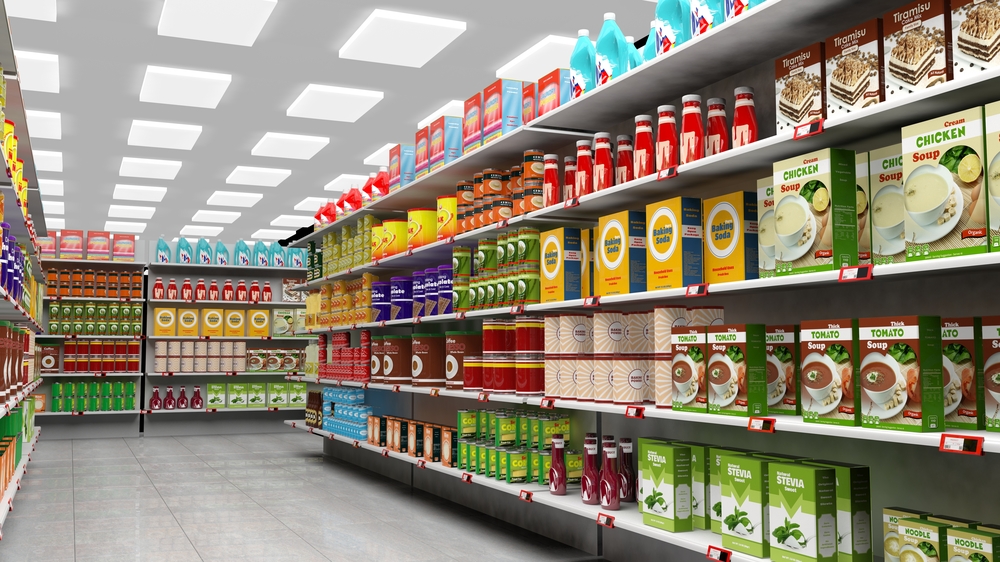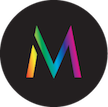 An iconic brand with good design is more necessary than ever in the modern world. Consider the Apple logo or the Nike “swoosh.” The logo is the foundation of a brand, and its colors can convert or dissuade customers through color psychology.
An iconic brand with good design is more necessary than ever in the modern world. Consider the Apple logo or the Nike “swoosh.” The logo is the foundation of a brand, and its colors can convert or dissuade customers through color psychology.
Hues and their various shades conjure up different feelings in your customers and leads. Color plays a vital role in how we perceive a brand. Your brain processes an image 60,000 times more quickly than one text.
Some 90% of data sent to the brain is visual. Color matters the most to your customer, and here’s how customers view your brand through the lens of color psychology.
What’s Color Psychology?
Marketing and advertising researchers test color psychology. Does color hold sway over the emotions of customers? How humans perceive color and how those colors influence behavior is the core of color psychology.
Elements of marketing such as product choice, price point, and promotion matter for the success of a sell or going viral in the marketplace. However, color also plays an important lead in customer memorization of brand personality and products.
Think about the branding of Facebook, McDonald’s, and Coca-Cola. You easily recall their usage of color. Who doesn’t recognize those golden arches from the freeway?
Common Brand Colors and Color Psychology
Brands tend to focus on certain colors to evoke similar moods, and certain industries may also favor specific shades of a hue. However, one color may evoke different meanings across different industries. Green is common to both environmental and financial brands, but their effect on customers varies due to industry and hue variation. Here are a few common brand colors and their color psychology.
Red
Red has the longest wavelength on the visual spectrum during the day, which is why you will see red stop signs and lights. However, red communicates differently based on the context it’s within.
Red is the ideal color to gain customer attention quickly. You need to figure out the message behind the color. Red is emotional since it is closely tied to blood, and thus, the heart. As fire is red-orange, we also associate red with both danger and warmth. When communicating excitement, a splash of red is all you need. Red can be easily seen as aggressive in excess.
Blue
Blue is the world’s favorite color. For the ancients, blue could be sourced from a few plants for dye, so it was viewed as sacred. This idea is echoed with the connection to the sky symbolizing the divine, vision, stability, and peace. Before planes and satellites, the sky was crystal clear. So, it can easily be seen as a color for protection and purity, also.
In color psychology, blue is a versatile color that also denotes transparency, trustworthiness, security, and dependability. Of course, tech giants such as Twitter and Facebook chose blue as their brand color. Walmart and Oral-B also select blue as their brand identity color to reveal themselves as trustworthy and reliable.
Yellow
If you think of passion, you think of the color red, but we associate passion with the word enthusiasm. Think of smiling and laughter, and of course, you can’t help but think of the sun. Interestingly, yellow can inspire anger in older generations but not younger ones.
Yellow may not be the most popular of brand colors, but it is optimistic, positive, and happy. Yellow makes an excellent primary or accent color for brands looking to stand out, socialize, and inspire. For example, IKEA uses both yellow and blue to denote happiness and dependability.
Orange
Blend yellow and red, and you have the friendliness and zest of orange. In color psychology, orange signifies creativity, success, adventure, and interestingly, balance. Nickelodeon uses its signature orange to represent cheerfulness and youthfulness among its young viewers. It also taps into hunger and creativity to sell food and toys.
Green
The shade of a hue is even more vital to the color green in branding. Green is the easiest for human eyes to process, due to its link with nature. People associate green with health, growth, hope, and freshness. Dark green denotes stability and wealth.
Purple
A mix of red and blue, people link purple with nostalgia, sentimentality, and femininity. Darker blues denote loyalty and luxury. Purple is unique in brand color usage. We easily recall those brands that use this color, such as Yahoo, Cadbury, and Crown Royal.
Using Color Psychology to Draw in Your Target Audience
What are the needs and expectations of your target audience? What is your brand’s message?
Select your color using the color psychology that makes sense to you and your customer profile. Always keep brand voice and color choice consistent. Or you may drive more consumers away than you convert into loyal customers.
